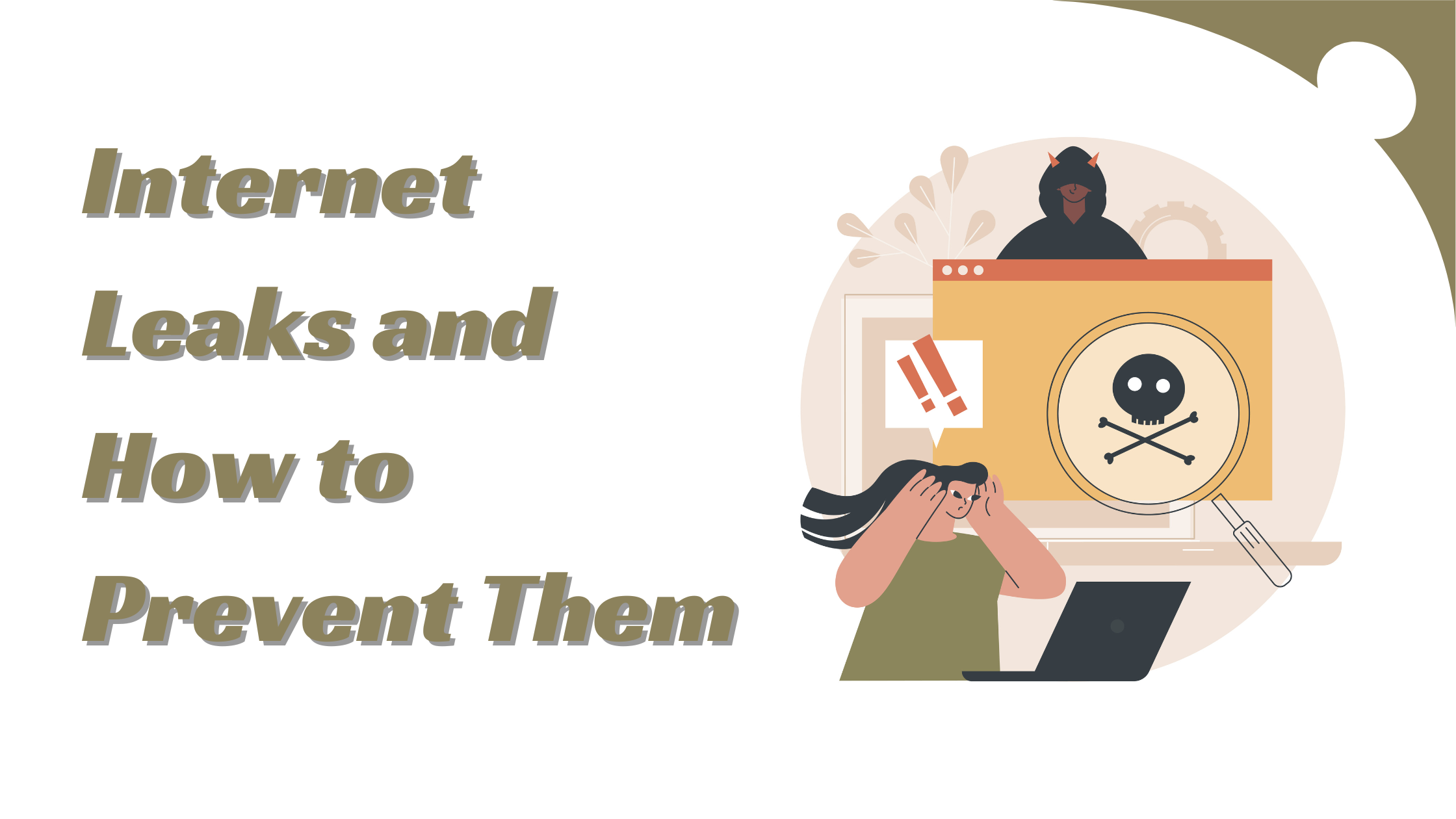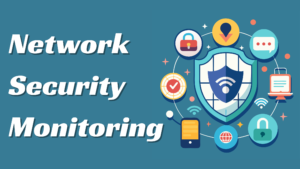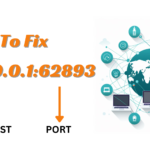Internet Leaks and How to Prevent Them
In the interconnected digital landscape, the integrity and security of online data are paramount. Internet leaks involving the unauthorized disclosure of confidential information can have devastating consequences for individuals, businesses, and governments. These breaches compromise privacy and pose significant financial risks and national security threats. Understanding the dynamics of internet leaks and implementing robust preventive measures is crucial for safeguarding sensitive data. Such measures include enforcing robust encryption protocols, continuously monitoring data access, and educating stakeholders about potential cyber threats. Proactively addressing these security challenges is essential in preventing data exposure and maintaining trust in digital systems. This vigilance helps mitigate risks associated with cyber espionage and identity theft, which are ever-increasing in our digitally dependent world.
Understanding Internet Leaks
Internet leaks refer to the unintended exposure of private data to unauthorized parties through the Internet. It can occur through various avenues, such as hacking, inadvertent data exposure by employees, or system glitches. The types of data involved range from personally identifiable information (PII) to corporate secrets and classified government information. This broad spectrum includes customer data, employee records, intellectual property, and sensitive national security details. The impact of such leaks can be profound, leading to financial losses, legal repercussions, and severe damage to reputations.
Furthermore, the ripple effects can include losing competitive advantage, erosion of customer trust, and long-term harm to a company’s brand. In severe cases, national security may be compromised, leading to geopolitical instability. Therefore, preventing such leaks is a technical necessity and a strategic imperative for continuous risk management and security enforcement.
Historical Context and Impact
The digital era has seen numerous high-profile internet leaks that underscore the vulnerability of digital data. Events like the Edward Snowden revelations and the Panama Papers leak have highlighted such exposures’ extensive nature and far-reaching impacts. These incidents have led to public outcry and policy changes and raised global awareness about data privacy and security issues.
Familiar Sources of Internet Leaks
Internet leaks can originate from multiple sources, often compounded by technological and human factors:
- Human Error: Simple errors, like sending sensitive information to the incorrect recipient or improper handling of data storage and disposal, frequently lead to data leaks.
- Weak Security Protocols: Inadequate security measures, such as weak passwords and unsecured networks, provide easy access points for malicious actors.
- Phishing Attacks: Cybercriminals often use deceptive emails and fake websites to trick users into providing personal information, leading to significant breaches.
- Outdated Software: Systems running obsolete software are vulnerable to attacks, as older versions often have unpatched security flaws.
Preventative Measures to Secure Data

Effective prevention of internet leaks requires a comprehensive approach that includes education, technological defenses, and clear policies:
Educational Initiatives:
Training Programs: Conduct regular training sessions to educate employees about the latest cybersecurity threats and preventive techniques.
Awareness Campaigns: Continuous campaigns can help keep security at the forefront of employees’ minds, promoting vigilant and secure information handling.
Technical Safeguards:
Password Management: Implement and enforce strong password policies. Utilize password managers to generate and store complex passwords securely.
Multi-factor Authentication (MFA): MFA provides an additional layer of security, ensuring that access to systems is granted only after verifying two or more pieces of evidence (or factors).
Regular Software Updates: Keep all systems up-to-date to protect against known vulnerabilities that attackers could exploit.
Data Encryption: Encrypt sensitive data both in transit and at rest to ensure that unauthorized persons cannot access readable information, safeguarding it against cyber-attacks and breaches. This process involves converting the original data into an encoded version that can only be decoded or made readable with a decryption key, providing a critical layer of security for sensitive information as it moves across networks or while stored on devices.
Policy and Compliance:
Data Handling Policies: Establish clear guidelines for securely handling and sharing sensitive information.
Regulatory Compliance: Ensure adherence to data protection laws such as GDPR or HIPAA, which set standards for data security and help avoid legal penalties.
The Role of Professional IT Security Services
Investing in professional IT security services offers numerous benefits:
- Security Audits: These services conduct thorough audits to identify and address vulnerabilities in your systems.
- Penetration Testing: Regularly testing your defenses through simulated attacks can reveal potential weaknesses.
- Customized Security Strategies: Security experts can develop tailored strategies that align with your specific operational needs and risk profiles, providing additional protection.
Creating a Culture of Security
Developing a security-focused organizational culture is one of the most effective strategies for preventing data breaches:
- Leadership Commitment: Executives must prioritize cybersecurity and support related initiatives, setting a tone that values and enforces stringent security practices.
- Employee Engagement: Encourage employees to maintain security actively, making them feel responsible and empowered to protect the organization’s data.
- Feedback and Updates: Maintain an adaptive security policy that evolves with new cybersecurity threats and technologies to keep defenses robust and effective.
Conclusion
The threat of internet leaks remains a significant concern in today’s digital world. However, by implementing strategic, technical, and educational measures, individuals and organizations can significantly reduce the risks associated with data breaches. Continuous adaptation, vigilance, and a proactive approach to cybersecurity are essential to protect sensitive information from falling into the wrong hands and to maintain trust in the digital age.

















